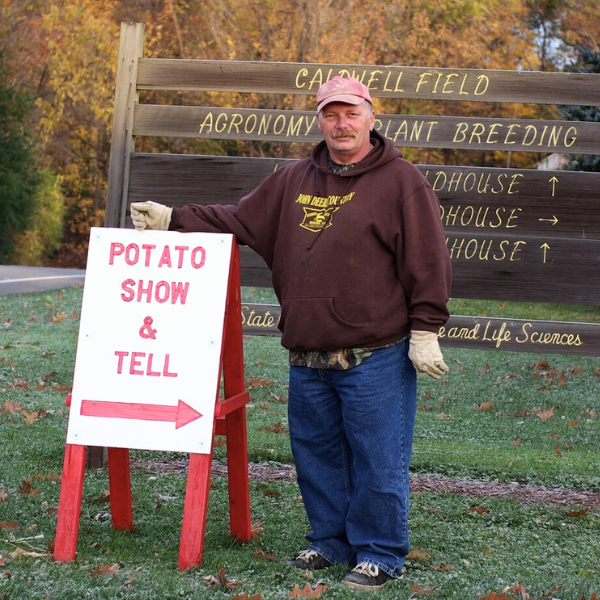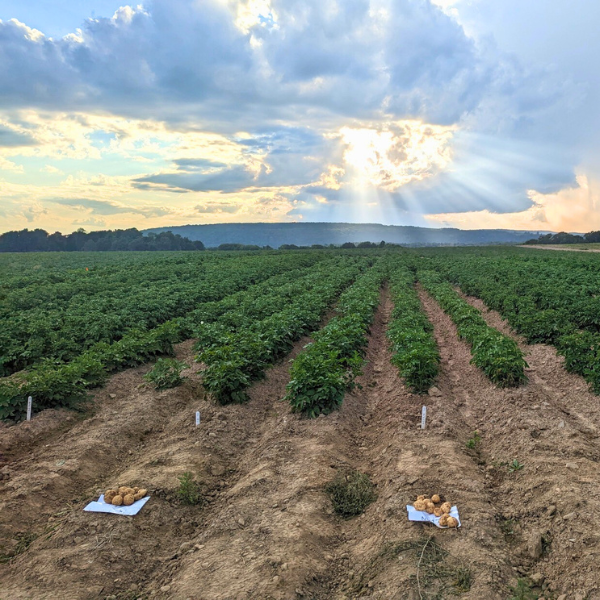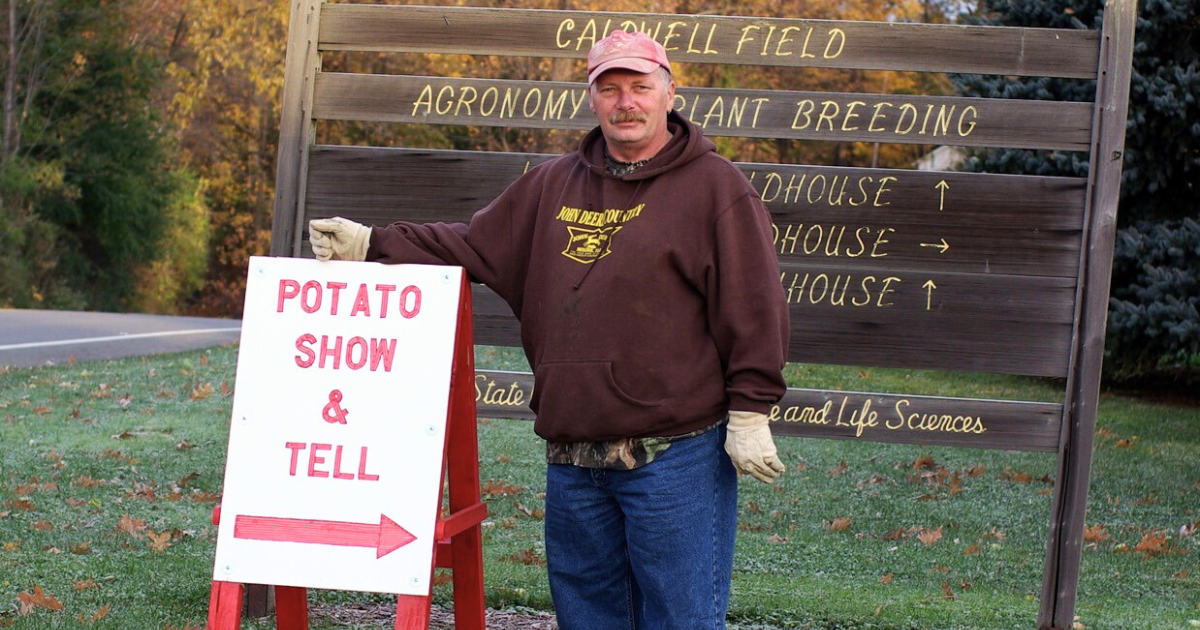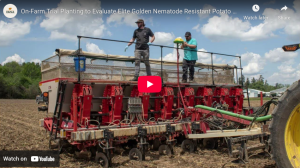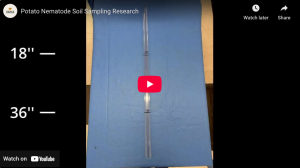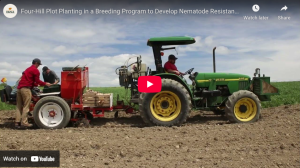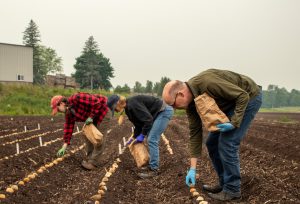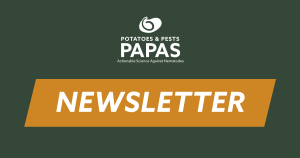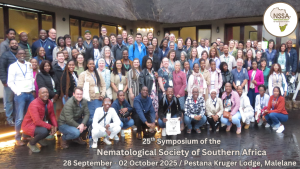Why Industry Participation Matters in Potato Breeding
Several PAPAS participants are working to breed potatoes resistant to nematodes, e.g., pale cyst nematode in Idaho, Columbia root knot nematode in Oregon, golden cyst nematode in New York.
“Great”, you might be thinking. “Let me know when they succeed”.
Turns out that leaving all breeding decisions to breeders rarely works.
Developing nematode-resistant potatoes is incredibly easy. But developing a potato that someone wants to grow, and somebody else wants to buy, is exceptionally hard.
A potato only needs to have one or a few specific genes to be resistant to a given nematode, but it needs hundreds of different genes to be commercially viable. Every time a potato breeder makes a cross, it’s like shuffling a deck of cards. You never know how many aces you’ll be dealt.
Potato breeders and the nematologists who support them are good at identifying resistant potatoes, but need guidance—a lot of it—from the potato industry about what constitutes a winner. No potato variety is perfect: because of the aces and deuces each potato inherits, each has a unique combination of strengths and weaknesses. Helping discern which combinations work, and which don’t—that’s why industry participation is crucial.
If you need a potato to meet your needs, attend events where potato breeders discuss candidate varieties and help them discern the rare potato that does.
